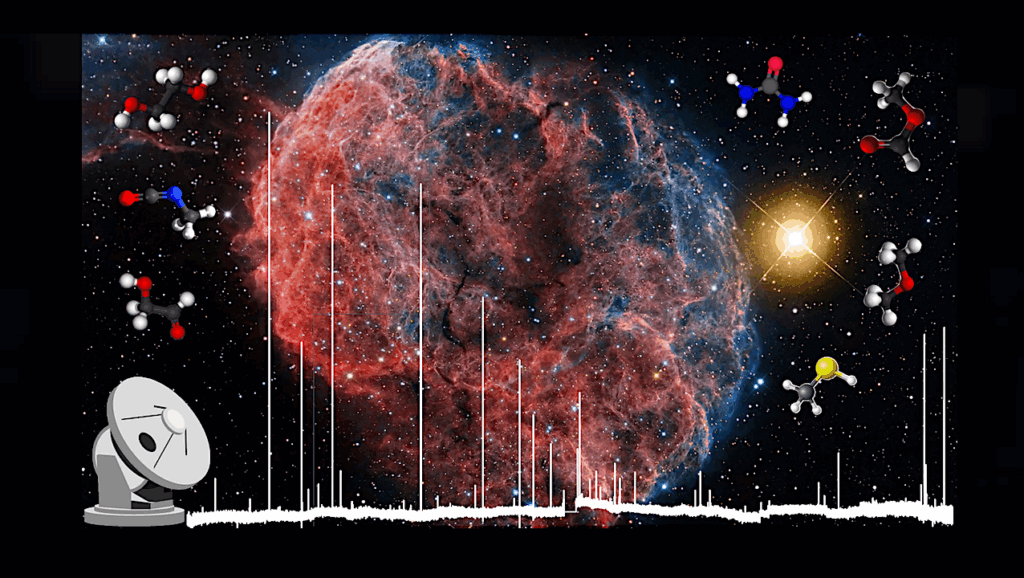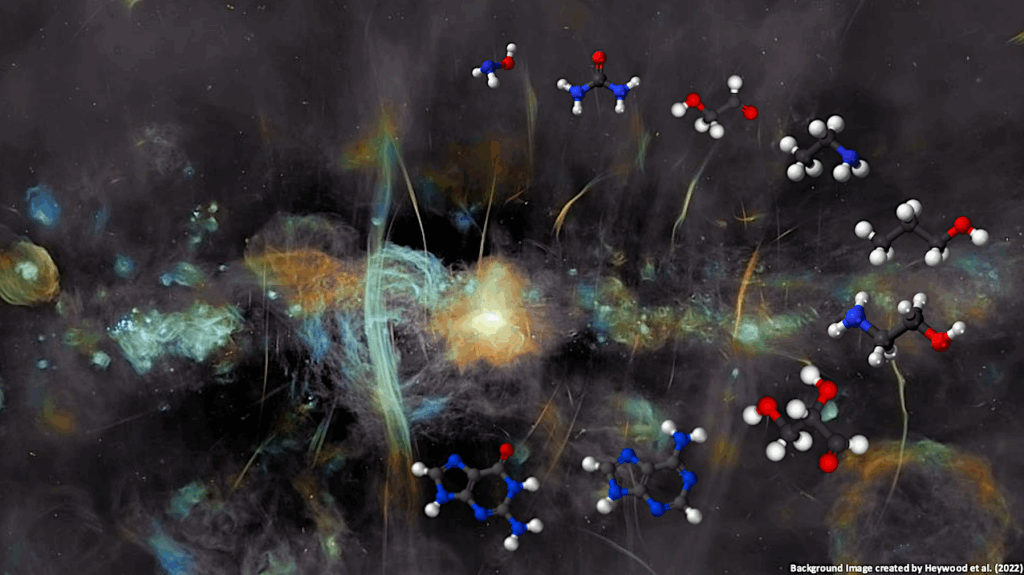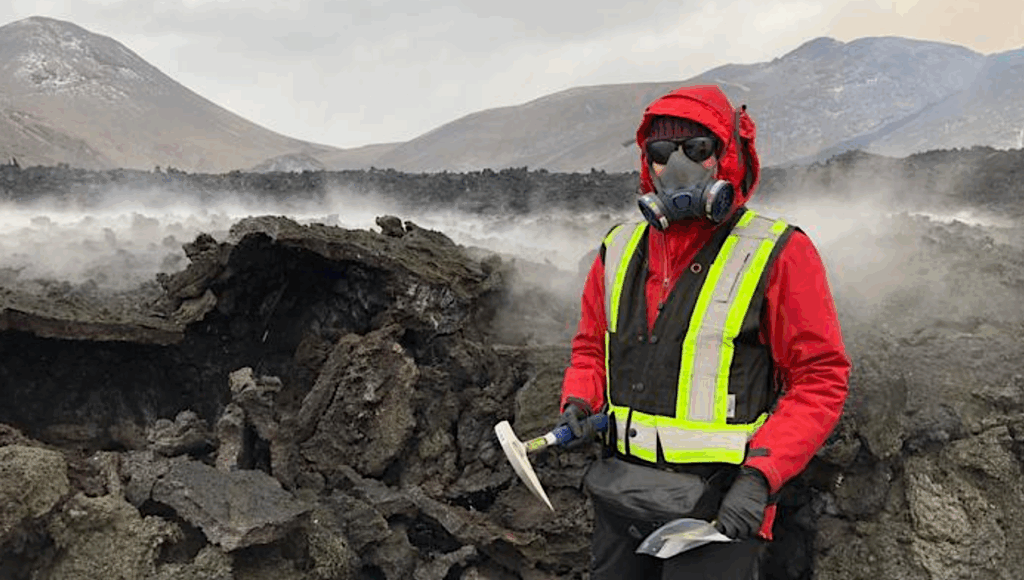Ammonia And Phosphine In The Clouds Of Venus As Potentially Biological Anomalies

We are of the opinion that several anomalies in the atmosphere of Venus provide evidence of yet-unknown processes and systems that are out of equilibrium.
The investigation of these anomalies on Venus should be open to the wide range of explanations, including unknown biological activity. We provide an overview of two anomalies, the tentative detection of ammonia and phosphine in Venus’s atmosphere. These anomalies fly in the face of the tacit assumption that the atmosphere of Venus must be in chemical redox equilibrium, an assumption connected to the belief that Venus is lifeless.
We then discuss several major past discoveries in astronomy, biology and geology, which lead to the abandonment of certain assumptions held by many scientists as though they were well-established principles. The anomalies of ammonia and phosphine in the atmosphere of Venus are placed in the context of these historical discoveries.
This context supports our opinion that persistence by the community in the exploration of these anomalies with a skeptical eye towards tacit assumptions will increase the chances of making profound discoveries about the atmosphere of Venus and the diverse and often strange nature of planetary environments.
Carol E. Cleland, Paul B. Rimmer
Comments: 10 pages, Opinion, Accepted to Aerospace (MDPI) Special Issue “The Search for Signs of Life on Venus: Science Objectives and Mission Designs”
Subjects: Earth and Planetary Astrophysics (astro-ph.EP); Instrumentation and Methods for Astrophysics (astro-ph.IM)
Cite as: arXiv:2211.07786 [astro-ph.EP] (or arXiv:2211.07786v1 [astro-ph.EP] for this version)
https://doi.org/10.48550/arXiv.2211.07786
Focus to learn more
Submission history
From: Paul B. Rimmer
[v1] Mon, 14 Nov 2022 22:44:21 UTC (762 KB)
https://arxiv.org/abs/2211.07786
Astrobiology








